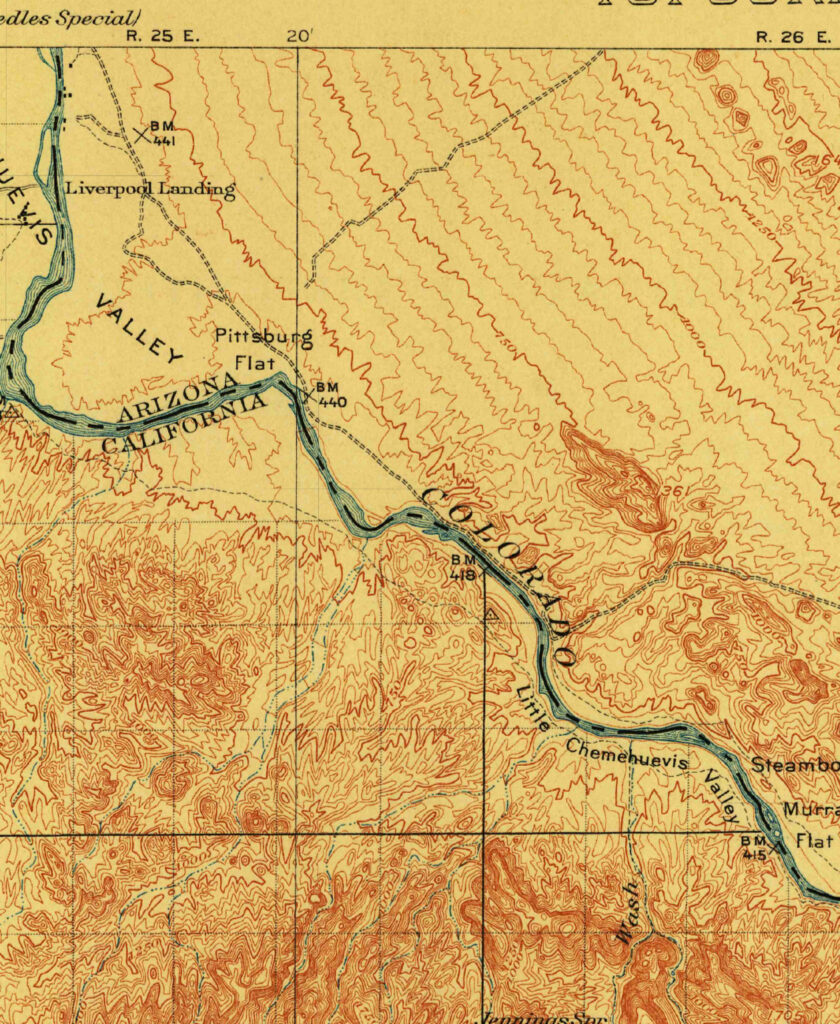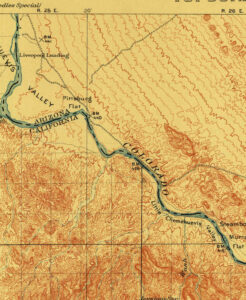Thank you for choosing to host the NASA Landsat traveling exhibit! The documentation included below is designed to help ensure that your hosting experience is enjoyable and educational for both you and your institution’s visitors.
As part of the agreement between NASA and your institution, it’s expected that some data and information will be collected while you have the exhibit, which will be provided to NASA at the end of the hosting period. Please read the following instructions carefully, as they provide directions on how best to track and store this information, as well as an outline of the other documents included in this binder.
Again, thank you very much for partnering with NASA to bring the Landsat exhibit, Landsat Sees in a Different Light, to your visitors – we hope it exceeds your expectations!
Evaluation Forms
- Cover Form
- Hosting Institution Instructions (Narrative) PROFESSIONAL
- Exhibit Receiving Form
- Exhibit Damage or Temporary Removal Tracking Form
- Exhibit Return Form
- Counting Study Instructions
- Counting Study Reporting Form
- Counting Study Sheet
- Audience Survey Instructions
- Audience Survey Signage Template
- Audience Survey
- End-of-Hosting Report




